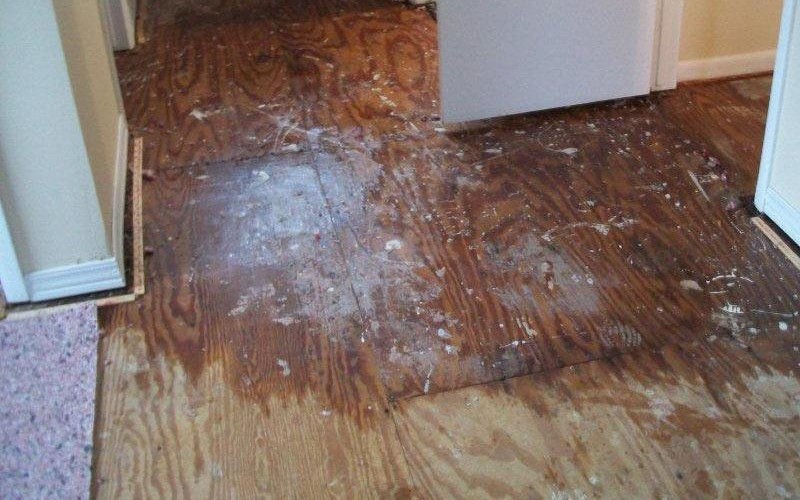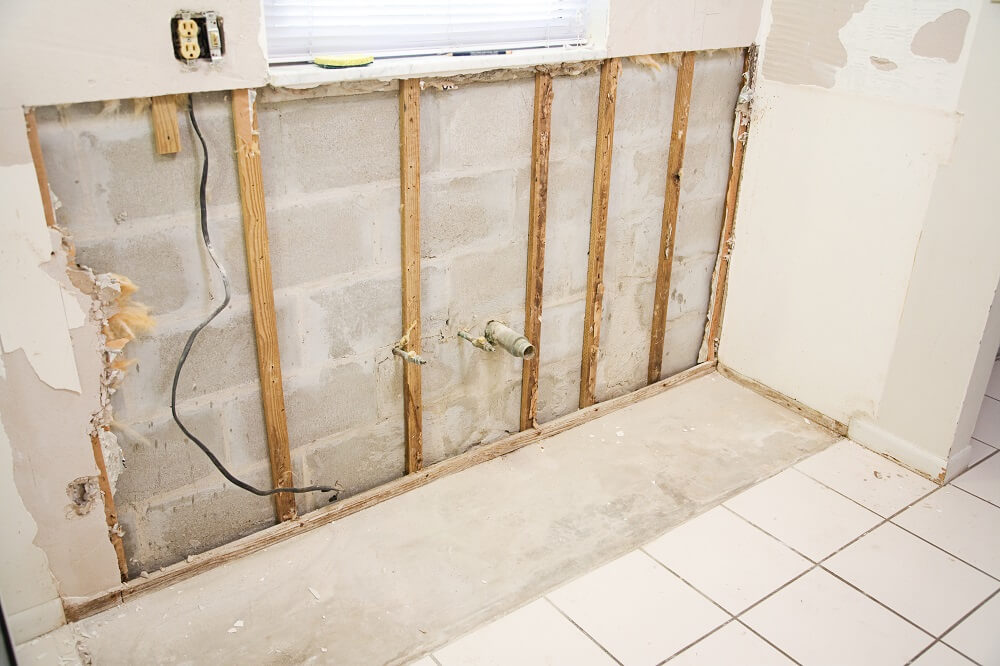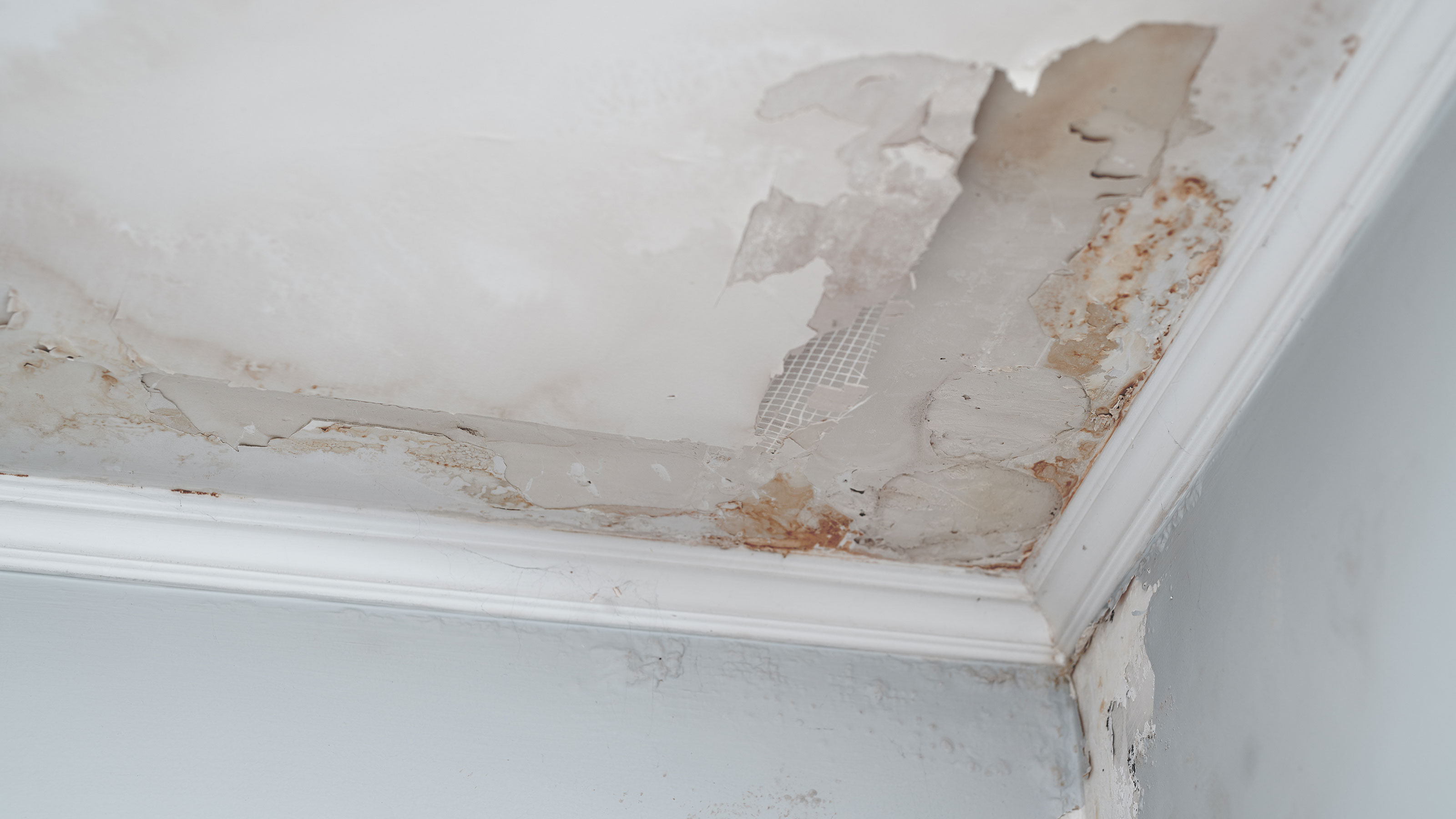The Process of Water Damage Cleaning: Ensuring Your Home Is Recovered Successfully
Water damage can be an overwhelming difficulty for home owners, demanding a precise and organized cleaning procedure to restore security and capability. A comprehensive assessment is important to identify the degree of the damages and determine the suitable removal measures. Following this, effective water extraction methods play a pivotal function in alleviating more harm. However, the subtleties of drying out, disinfecting, and eventual restoration are similarly essential and frequently ignored. Recognizing these phases can make a significant difference in the end result of your home's repair, triggering a closer take a look at what each action requires.
Evaluating the Damages
Upon finding water damage, the primary step is to extensively analyze the level of the impact. This initial evaluation is crucial, as it helps figure out the necessary actions for efficient cleanup and reconstruction. Begin by inspecting the affected locations, consisting of walls, ceilings, floorings, and personal belongings, to recognize the source of the water intrusion, whether from flooding, leakages, or condensation.
Documenting the damages is vital for both insurance coverage claims and intending repair efforts - damage restoration services. Usage photos and composed notes to capture the intensity of the damage, keeping in mind any affected architectural elements and materials. Pay unique interest to areas that might not be right away noticeable, such as behind walls and under carpets, as concealed moisture can cause further complications, consisting of mold growth
In addition, examine the timeline of the water direct exposure. The longer the materials stay damp, the greater the possibility for damage. Recognizing the duration of direct exposure will certainly inform the necessity of remediation initiatives. Inevitably, an extensive assessment lays the groundwork for an effective water damages cleanup procedure, ensuring that all influenced locations are dealt with successfully and extensively.
Water Extraction Methods

Experts normally use completely submersible pumps for bigger quantities of water, which can promptly relieve flooding in cellars or various other influenced locations. For smaller sized amounts, wet/dry vacuums are typically made use of to remove residual dampness from carpets and hard surfaces. In addition, using mobile extractors permits for targeted elimination in constrained rooms or areas with delicate products.
In circumstances of infected water, such as sewer or floodwater, advanced removal methods may involve the use of biohazard tools to make sure security and compliance with wellness guidelines. High-powered extraction devices are crucial in decreasing water retention in architectural materials, which can lead to mold and mildew growth and architectural damage otherwise dealt with promptly.
Eventually, the effectiveness of water removal methods plays a pivotal function in the total success of the water damage cleaning process, preparing for subsequent reconstruction efforts.
Drying and Dehumidification
Once standing water has actually been efficiently removed, the next essential phase in the water damage clean-up procedure is drying and dehumidification. This action is vital to stop more damage and i thought about this mold and mildew development, which can occur within 24 to 2 days in damp atmospheres.
To achieve efficient drying, customized equipment such as industrial-grade air moving companies and dehumidifiers is used. Air movers circulate air across damp surfaces, enhancing dissipation prices, while dehumidifiers reduce moisture degrees airborne, promoting a favorable setting for drying. The combination of these devices makes certain that moisture is extracted from wall surfaces, home furnishings, and floorings, permitting them to dry completely.
It is crucial to check the drying process carefully. Experts often utilize moisture meters to analyze the moisture content in various materials, ensuring that all affected locations reach acceptable dryness levels. This meticulous method helps to avoid covert wetness pockets that might result in structural damage or harmful mold growth.

Cleansing and Sterilizing
After the drying out and dehumidification phase is complete, the following essential action in water damage cleanup is cleaning and disinfecting the impacted areas. This procedure is critical to avoid the development of mold and mildew, bacteria, and various other virus that prosper in moist environments.
The cleansing phase generally entails getting rid of any type of debris, dust, and pollutants from surface areas utilizing specialized cleaning up agents. For tough surfaces, a mix of soap and water or commercial cleansing items is frequently used. Soft materials, such as furniture and rugs, may require extra substantial important source cleaning techniques, consisting of vapor cleansing or deep removal methods, to ensure complete cleanliness.

Sterilizing adheres to cleaning, utilizing EPA-approved anti-bacterials to eliminate harmful microbes. This action is important, specifically in areas that may have come into contact with floodwaters or sewer, as these resources can present significant health risks.
Furthermore, it is very important to deal with any type of continuing to be smells, which might call for making use of smell neutralizers or advanced techniques like ozone treatment. Appropriate cleansing and sanitizing not only bring back the security and health of your home yet also lay the groundwork for successful repair and fixings in succeeding phases of the water damage cleanup process.
Remediation and Repair Services

Once the assessment is full, repair efforts can start. This commonly entails fixing or changing damaged products, making sure that all work follows neighborhood building regulations you can find out more and requirements. As an example, if drywall has been endangered, it will require to be eliminated and replaced with new material. Additionally, flooring might need similar interest, relying on the degree of water direct exposure.
It is critical to engage skilled remediation specialists during this procedure, as they have the experience to take care of complicated repairs effectively. They can help alleviate possible future problems, such as mold growth or architectural instability, therefore making certain a habitable and risk-free living environment. Eventually, reliable reconstruction and fixings restore the home's honesty and improve its general value.
Conclusion
In verdict, the process of water damages cleanup is important for bring back a home to its pre-damage condition. Each phase, from examining the damages to implementing effective water extraction techniques, adhered to by complete drying out, sterilizing, and required repair services, plays an essential role in making sure safety and compliance with building criteria. Reliable execution of these steps not just reduces immediate damage however likewise enhances the long-lasting honesty and worth of the building.
Water damage can be a challenging obstacle for house owners, demanding a careful and structured clean-up process to recover safety and functionality. Ultimately, a comprehensive analysis lays the foundation for a successful water damages cleanup process, making sure that all affected areas are attended to properly and completely.
Effective water extraction methods are necessary in reducing damage and protecting against more complications complying with a water intrusion occasion.In final thought, the procedure of water damage clean-up is crucial for recovering a home to its pre-damage condition. Each stage, from evaluating the damages to carrying out effective water extraction techniques, adhered to by comprehensive drying, sterilizing, and necessary fixings, plays a vital role in making certain security and compliance with building criteria.